25+ SAMPLE Construction Contractor Agreement
-
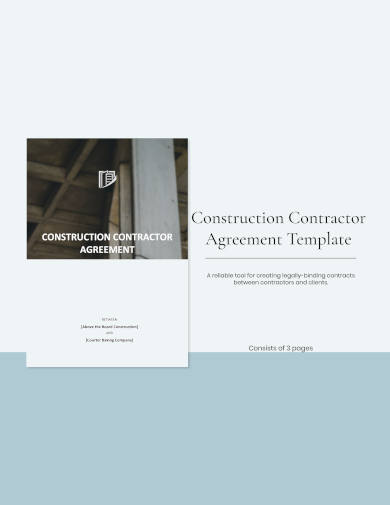
Construction Contractor Agreement Template
download now -
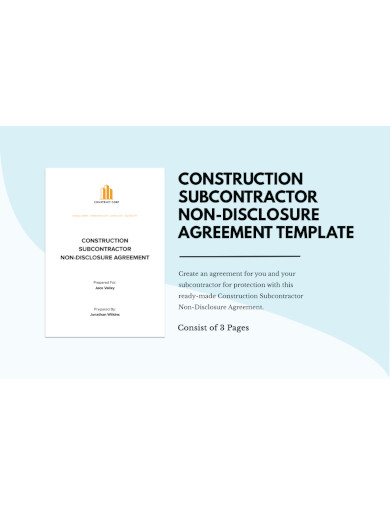
Construction Subcontractor Non-Disclosure Agreement
download now -
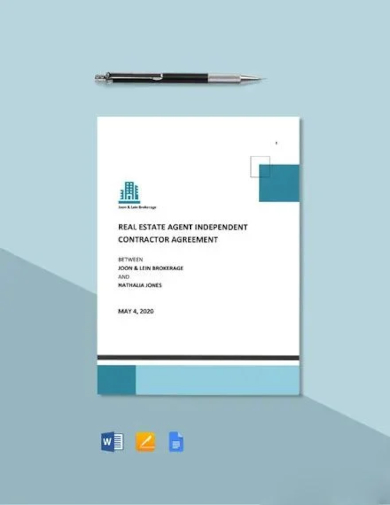
Real Estate Agent Contractor Agreement Template
download now -
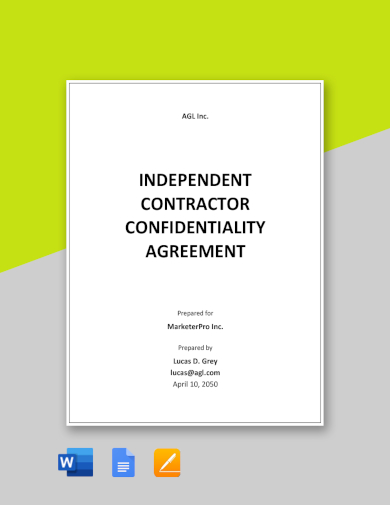
Independent Contractor Confidentiality Agreement Template
download now -
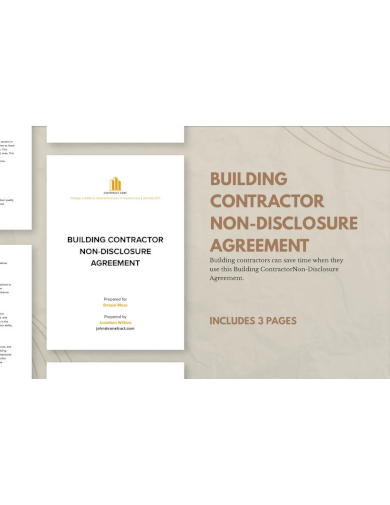
Building Contractor Non-Disclosure Agreement Template
download now -
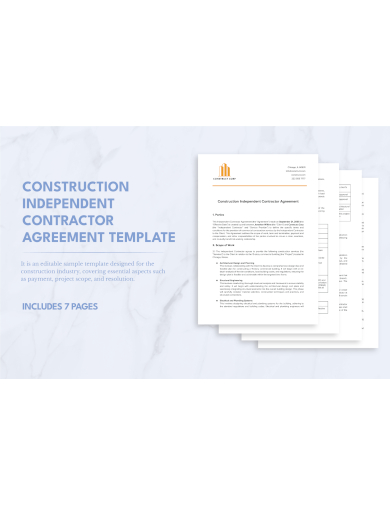
Construction Independent Contractor Agreement Template
download now -
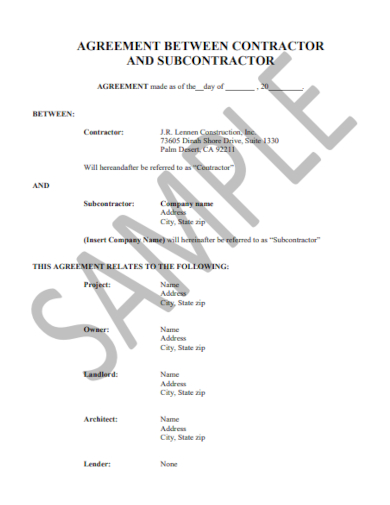
Construction Company Contractor Agreement
download now -
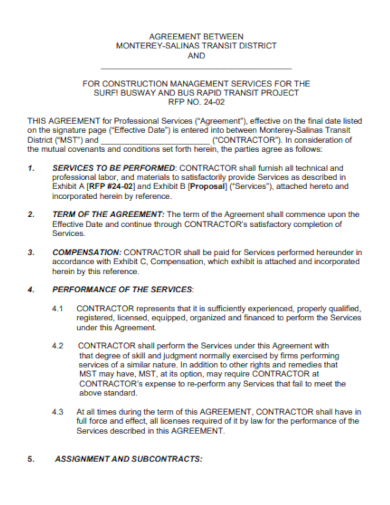
Construction Contractor Consultant Agreement
download now -
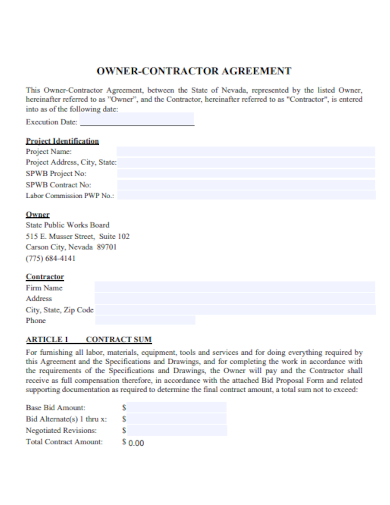
Construction Owner Contractor Agreement
download now -
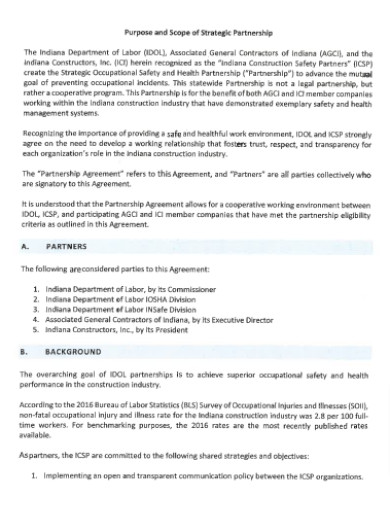
Construction Contractors Partnership Agreement
download now -
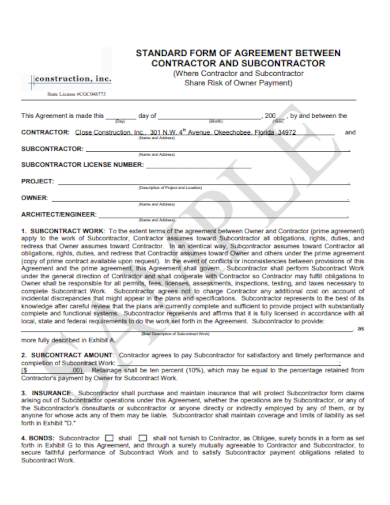
Standard Form Construction Contractor Agreement
download now -
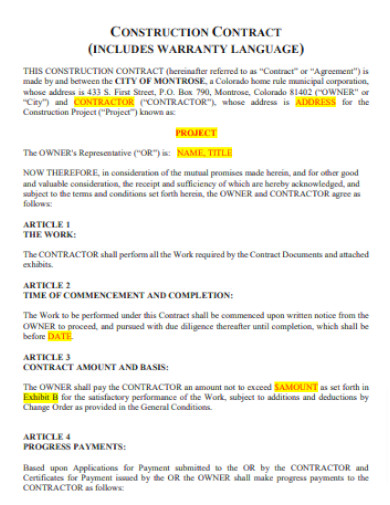
Construction Project General Contractor Agreement
download now -
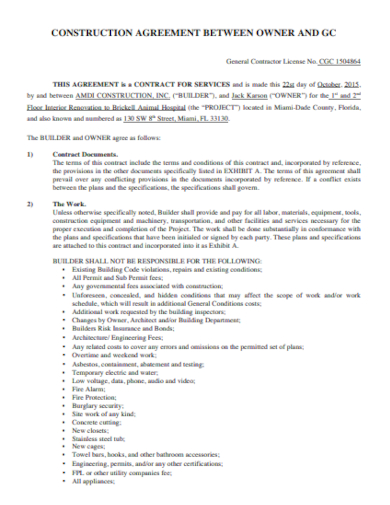
General Construction Contractor Agreement
download now -

Construction Subcontractor Project Agreement
download now -
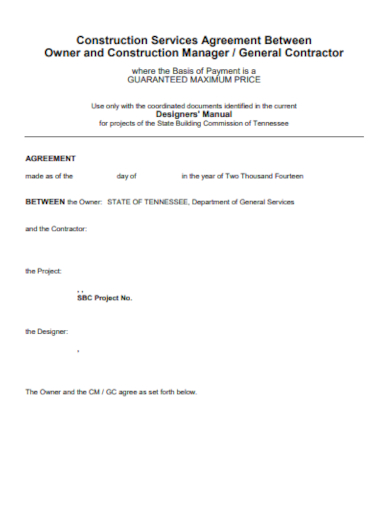
Construction Services Contractor Agreement
download now -
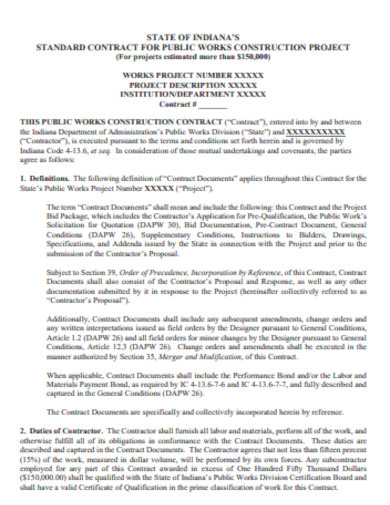
Construction Work Subcontractor Agreement
download now -

Construction Agreement Between Owner and Contractor
download now -
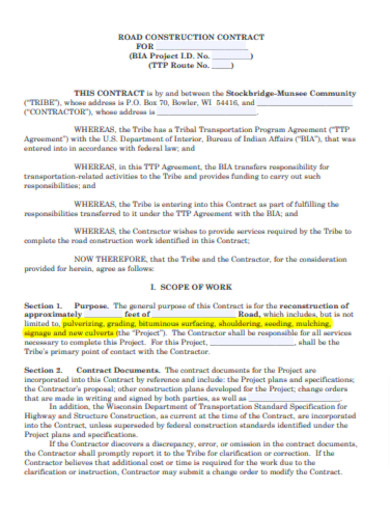
Road Construction Subcontractor Agreement
download now -
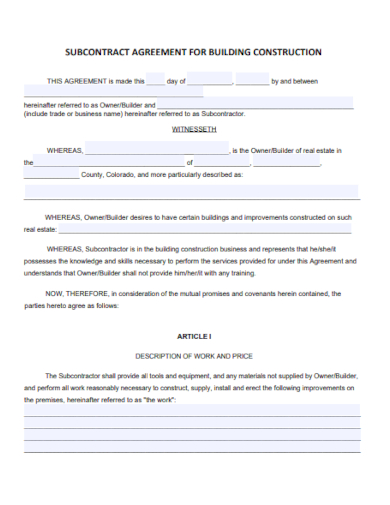
Building Construction Contractor Agreement
download now -
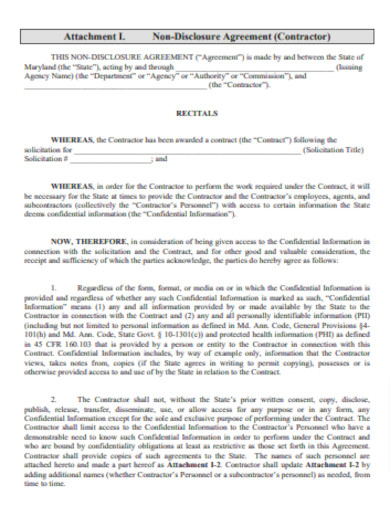
Construction Non-Disclosure Contractor Agreement
download now -
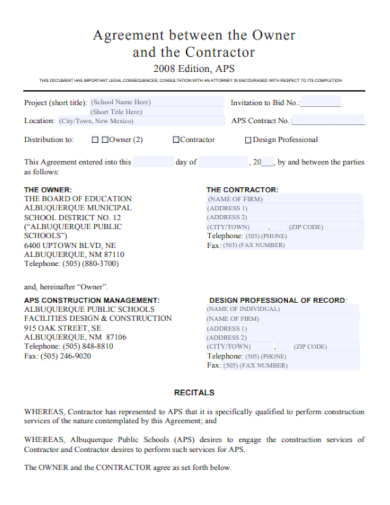
Sample Construction Contractor Agreement
download now -
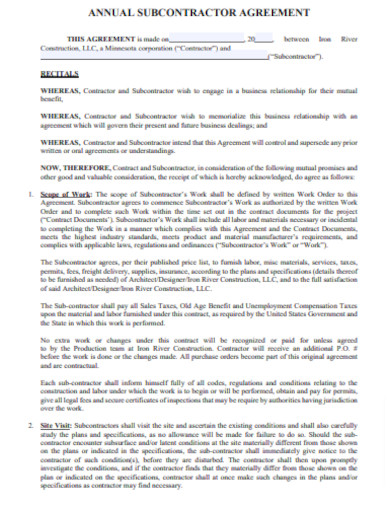
Construction Annual Subcontractor Agreement
download now -
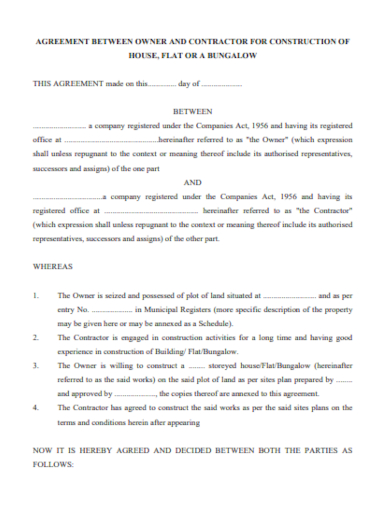
House Construction Contractor Agreement
download now -
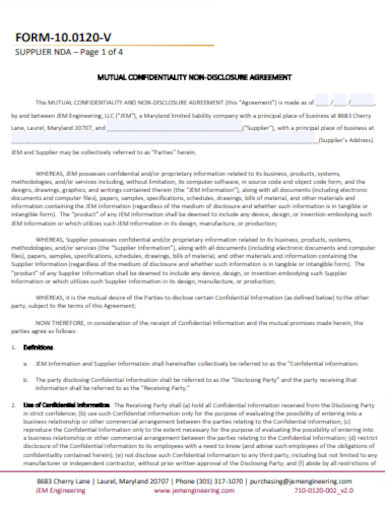
Construction Independent Contractor Non-Disclosure Agreement
download now -
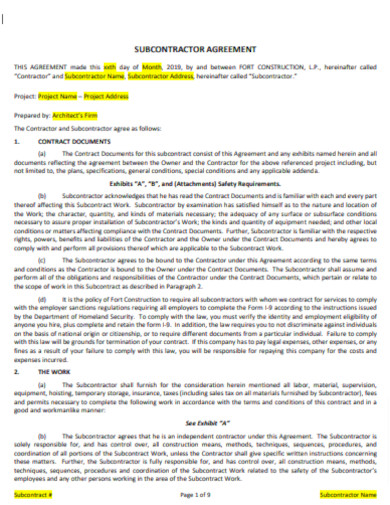
Printable Construction Subcontractor Agreement
download now -

Short Form Construction Contractor Agreement
download now
FREE Construction Contractor Agreement s to Download
25+ SAMPLE Construction Contractor Agreement
Definition:
Introduction to Construction Contractor Agreement:
Why a Construction Contractor Agreement is Crucial?
Key Components of the Agreement:
Drafting an Effective Agreement:
Importance of Periodic Review:
Intellectual Property and Confidentiality:
Subcontracting and Third-Party Involvement:
Safety and Compliance:
Post-Completion Terms:
Why should both parties be concerned about dispute resolution mechanisms in the contract?
How are subcontractor engagements covered in a construction contractor agreement?
Are there provisions in the agreement for post-completion maintenance or repairs?
What clauses are essential for environmental compliance and sustainable construction?
When can modifications or amendments be made to the contractor agreement?
Definition:
A Construction Contractor Agreement is a formal legal document outlining the specific terms, conditions, responsibilities, and timelines between a client and a contractor engaged in a construction project. It ensures clarity, sets expectations, and safeguards the interests of both parties, ensuring the project progresses smoothly and disputes are minimized.
Introduction to Construction Contractor Agreement:
In the dynamic realm of construction, ensuring clarity and safeguarding interests is paramount. This is where a construction contractor agreement steps in, serving as a cornerstone for successful construction ventures. Acting as the backbone of the contractual relationship, it keeps both parties – the client and the contractor – aligned, while laying down specifics ranging from project scope to payment details.
Why a Construction Contractor Agreement is Crucial?
Every construction project, irrespective of its size, deserves a clear roadmap. The agreement not only establishes the roadmap but also ensures:
Establishing Clear Expectations:
A Construction Contractor Agreement is indispensable as it lays out the specific expectations for both parties involved. By outlining the scope of work, deadlines, and payment terms, it provides a clear roadmap for the project. This clarity can significantly reduce misunderstandings, ensuring the work proceeds smoothly.
Legal Protection for Both Parties:
Such an agreement offers legal protection. In case of disputes, the terms of the contract can be referred to. It safeguards the interests of both the client and the contractor, ensuring neither party can make unwarranted claims or demands.
Financial Clarity:
One of the primary purposes of the agreement is to detail the financial aspects of the project. It ensures that both parties have a clear understanding of costs, payment schedules, and other monetary considerations. This can prevent potential financial disputes in the future.
Defining Quality and Standards:
The agreement can stipulate the quality of materials, standards of work, and other project-specific details. This ensures the contractor knows precisely what is expected in terms of work quality, and the client knows what to expect as a final product.
Handling of Unforeseen Circumstances:
No construction project is immune to unexpected challenges. The agreement can outline how unforeseen events, like natural disasters, material shortages, or other delays, will be managed. This includes potential cost overruns, extended timelines, and other changes to the original plan.
Termination and Exit Strategy:
Not all projects proceed as planned. Sometimes, either party might need an exit. The agreement can define the terms under which the contract can be terminated, the notice period required, and any financial implications of such a decision.
Dispute Resolution Mechanism:
Conflicts can arise during construction projects. Having a defined dispute resolution process in the agreement ensures that if disagreements occur, there’s a predetermined way to handle and resolve them. This can save both time and money for both parties involved.
Key Components of the Agreement:
Navigating through an agreement might seem daunting. However, understanding its critical elements can simplify its essence:
Scope of Work:
This section precisely details the work to be done, from start to finish. It should include descriptions of tasks, milestones, deliverables, and any specifications or standards to be adhered to.
Payment Terms:
It’s vital to specify payment schedules, amounts, methods of payment, and any conditions tied to payments, like project milestones or approval processes. This might also include details on down payments, retainage, or performance bonuses.
Duration and Deadlines:
This component lays out the project’s timeline, including the start date, any milestones or checkpoints, and the expected completion date.
Materials and Equipment:
Here, any specifics about the materials and equipment to be used are detailed. This could include quality standards, brands, or any other relevant details.
Licenses and Permits:
This section should clarify who is responsible for obtaining and maintaining necessary licenses and permits and ensuring compliance with local construction codes and regulations.
Liability and Insurance:
The agreement should detail any insurance requirements, like liability or worker’s compensation insurance. It should also address indemnification clauses, stating who is responsible for any damages or injuries.
Change Orders:
In construction, changes can and often do happen. This section should describe the process for requesting, approving, and implementing changes to the original scope of work, along with any associated costs.
Termination Clauses:
Terms under which the contract can be terminated should be clearly defined, whether it’s for breach of contract, unforeseen circumstances, or other reasons.
Confidentiality Clauses:
If there are any trade secrets, proprietary methods, or other confidential information shared during the project, this clause ensures that such information remains protected.
Warranties and Guarantees:
Here, any guarantees on the quality of work or warranties on materials used are specified, detailing the duration and terms of such warranties.
Signatures and Dates:
For the agreement to be legally binding, it should be signed and dated by all parties involved, signifying their acceptance of all terms and conditions.
Drafting an Effective Agreement:
Crafting an agreement that stands robust against potential challenges is an art. Some golden rules to ensure effectiveness are:
Understand the Project:
Before drafting, have a clear understanding of the project’s specifics. This includes the scale of the project, the stakeholders involved, and any unique requirements or challenges anticipated.
Start with a Template:
Using a template can provide a solid foundation. However, it’s crucial to customize it to suit the specifics of the project at hand and not solely rely on generic terms.
Clearly Define the Scope:
Detail exactly what work will be undertaken. Include specifics such as locations, tasks, deliverables, and stages of the project. Avoid vague language that could lead to misunderstandings or scope creep.
Specify Payment Details:
Outline the payment terms including the amount, schedule, milestones, and the method of payment. Be clear about any retainage or conditions that must be met before payment is released.
Address Changes and Delays:
Construction projects often face unforeseen changes and delays. Define a process for handling change orders, including who can authorize changes, and how additional costs or extensions will be addressed.
Highlight Responsibilities:
State the responsibilities of both the contractor and the client. This could involve providing access to the site, obtaining necessary permits, or ensuring timely payments.
Discuss Termination:
Outline under what circumstances the agreement can be terminated. This should cover breaches of contract, failures to meet deadlines, or other significant issues.
Consider Dispute Resolution:
Specify how disputes will be resolved. Consider adding a clause about mediation or arbitration before escalating to legal proceedings, as these can be less costly and time-consuming.
Ensure Confidentiality:
If there are sensitive aspects to the project or proprietary methods being used, include a confidentiality clause to protect both parties.
Include Warranty Information:
Detail any warranties or guarantees on workmanship or materials. This should cover the duration and any conditions of the warranty.
Review Laws and Regulations:
Ensure that the agreement complies with local laws and regulations, especially those related to construction contracts. Consider consulting with a legal professional.
Obtain Signatures:
Once all parties are satisfied with the terms, obtain signatures to make the agreement legally binding. It’s also a good practice to review the agreement periodically and make amendments if needed.
Importance of Periodic Review:
Periodic review ensures that processes, agreements, or systems remain relevant, effective, and aligned with current goals and standards. It identifies areas for improvement, mitigates evolving risks, and capitalizes on new opportunities. By regularly evaluating and updating, organizations can adapt to changing environments, ensuring sustained efficiency, compliance, and optimal performance over time.
Intellectual Property and Confidentiality:
Intellectual Property (IP) pertains to creations of the mind, like inventions, literary works, and designs, while confidentiality ensures that sensitive information remains private. Both concepts are crucial in business to protect innovative ideas, maintain competitive advantages, and foster trust. IP rights grant exclusive usage, while confidentiality agreements prevent unauthorized disclosure of proprietary information.
Subcontracting and Third-Party Involvement:
Subcontracting involves a main contractor delegating specific tasks to a third-party, known as the subcontractor. This arrangement optimizes specialized skills, enhances project efficiency, and ensures timely completion. However, it’s crucial to clearly define roles, responsibilities, and deliverables to avoid disputes. Proper management of third-party involvement is vital for maintaining quality and achieving project objectives.
Safety and Compliance:
Safety and compliance are paramount in construction, ensuring all activities meet established standards and regulations. It prevents accidents, protects workers, and upholds the project’s integrity. A comprehensive safety plan, regular training, and strict adherence to local codes are essential. Non-compliance can lead to legal repercussions, project delays, and reputational damage.
Post-Completion Terms:
Post-completion terms in a contract address obligations and rights after a project’s conclusion. They cover warranties, defect rectification, maintenance periods, and final payments. These terms ensure the project meets the agreed standards and provides a framework for addressing any post-completion issues, guaranteeing both parties’ satisfaction and protecting their interests after the project ends.
Why should both parties be concerned about dispute resolution mechanisms in the contract?
Both parties should prioritize dispute resolution mechanisms to ensure conflicts are addressed efficiently and fairly. Effective mechanisms prevent costly litigation, save time, and preserve business relationships. A clear resolution process provides predictability, fosters trust, and maintains the project’s momentum, benefiting all involved.
How are subcontractor engagements covered in a construction contractor agreement?
In a construction contractor agreement, subcontractor engagements are detailed by specifying the scope of work, payment terms, deadlines, and quality expectations. The agreement may also outline requirements for insurance, licenses, and permits. Provisions for oversight, safety protocols, dispute resolution, and termination conditions for subcontractors are typically included to ensure clarity and manage expectations.
Are there provisions in the agreement for post-completion maintenance or repairs?
Yes, agreements often include provisions for post-completion maintenance or repairs, known as warranty or defect liability periods. These clauses stipulate the contractor’s responsibility to fix any defects arising after project completion, detailing the duration of this obligation, the response time, and the process for addressing any reported issues without additional cost to the client.
What clauses are essential for environmental compliance and sustainable construction?
Essential clauses for environmental compliance and sustainable construction include adherence to local environmental regulations, waste management procedures, utilization of sustainable materials, energy-efficient practices, water conservation measures, protection of local ecosystems, and periodic environmental impact assessments. These clauses ensure projects prioritize sustainability and reduce negative environmental impacts.
When can modifications or amendments be made to the contractor agreement?
Modifications or amendments to the contractor agreement can be made when both parties mutually agree, often in response to unforeseen circumstances, project changes, or clarifications required. The agreement should specify the amendment process, including written notice, acceptance procedures, and any associated timelines to ensure clarity and avoid disputes.
In conclusion, the construction contractor agreement serves as the bedrock for clarity and transparency in construction projects. Emphasizing terms, timelines, and responsibilities, this document safeguards both parties’ interests. For a deeper dive into related construction topics or to explore agreement templates, navigate through our comprehensive guides and resources.
